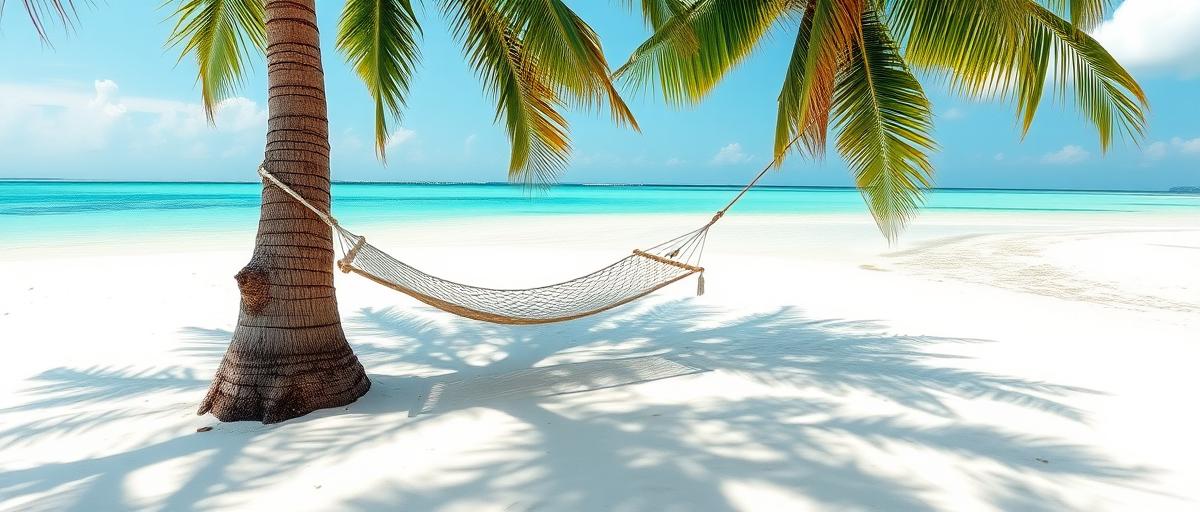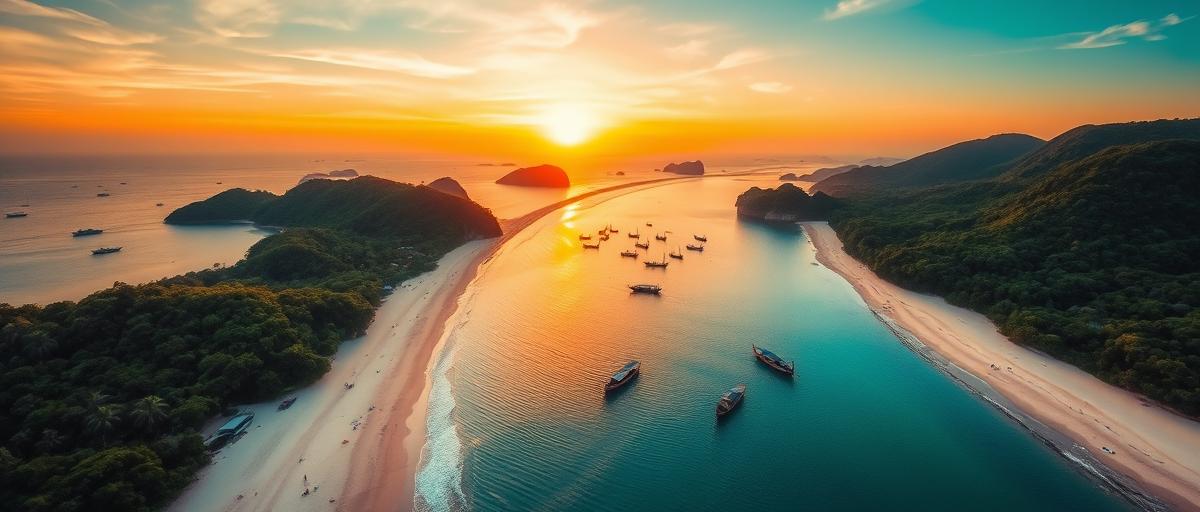Nestled in the Andaman Sea off the coast of Krabi, Thailand, Koh Lanta is an island that whispers tranquility rather than shouts for attention. Unlike its more famous neighbors like Phuket or Koh Phi Phi, Koh Lanta remains a sanctuary for travelers seeking authenticity, untouched beaches, and a slower pace of life. The island spans approximately 30 kilometers in length and 6 kilometers at its widest point, offering a diverse landscape of lush jungles, limestone cliffs, and pristine shorelines.
The history of Koh Lanta is as rich as its natural beauty. Originally inhabited by the Chao Ley, or sea gypsies, the island has long been a melting pot of cultures, including Thai, Chinese, and Malay influences. The name ‘Lanta’ is believed to derive from the Javanese word ‘lantas,’ meaning a type of grill, possibly referencing the island’s elongated shape. Over the centuries, Koh Lanta evolved from a quiet fishing community into a modest tourist destination, yet it has miraculously retained its rustic charm.
Koh Lanta is divided into several smaller islands, with Koh Lanta Yai being the largest and most populated. The island’s western coast is dotted with breathtaking beaches like Long Beach (Phra Ae Beach), Kantiang Bay, and Bamboo Beach, each offering powdery white sand and crystal-clear waters. The eastern coast, in contrast, is more rugged, with mangrove forests and traditional fishing villages that provide a glimpse into the island’s humble origins.

The biodiversity of Koh Lanta is nothing short of spectacular. The island is home to the Mu Koh Lanta National Park, a protected area that encompasses coral reefs, dense forests, and rare wildlife. Here, you might spot dusky langurs, crab-eating macaques, or even the elusive pangolin. The surrounding waters teem with marine life, including blacktip reef sharks, moray eels, and vibrant coral formations that make snorkeling and diving unforgettable experiences.
For the adventurous soul, Koh Lanta offers a plethora of activities. Kayaking through the emerald waters of the mangroves, hiking to the summit of Khlong Chak Waterfall, or exploring the hidden caves of Koh Lanta Noi are just a few ways to immerse yourself in the island’s natural wonders. Meanwhile, the laid-back vibe of Lanta Old Town, with its colorful wooden houses and eclectic shops, invites you to unwind and savor the local culture.
Food lovers will rejoice in Koh Lanta’s culinary scene, which is a delightful fusion of Thai and Malay flavors. Fresh seafood is a staple, with dishes like grilled squid, massaman curry, and spicy papaya salad stealing the show. Don’t miss the chance to dine at a beachfront restaurant as the sun sets, painting the sky in hues of orange and pink—a moment that epitomizes the magic of Koh Lanta.
What sets Koh Lanta apart is its ability to cater to both solitude seekers and social butterflies. Whether you’re meditating on a secluded beach or mingling with fellow travelers at a reggae bar, the island adapts to your rhythm. It’s a place where time seems to slow down, allowing you to reconnect with nature and yourself.
As tourism continues to grow globally, Koh Lanta stands as a testament to sustainable travel. Many resorts and businesses on the island prioritize eco-friendly practices, ensuring that its beauty remains unspoiled for generations to come. Visiting Koh Lanta isn’t just a trip—it’s an invitation to experience a slice of paradise that still feels undiscovered.
There’s a quiet magic to Koh Lanta that lingers long after you’ve left its shores. It’s the kind of place that doesn’t just fill your camera roll but also your soul, offering a rare blend of adventure and peace. For those willing to venture off the beaten path, Koh Lanta is a reminder that the best treasures are often the ones least advertised.

